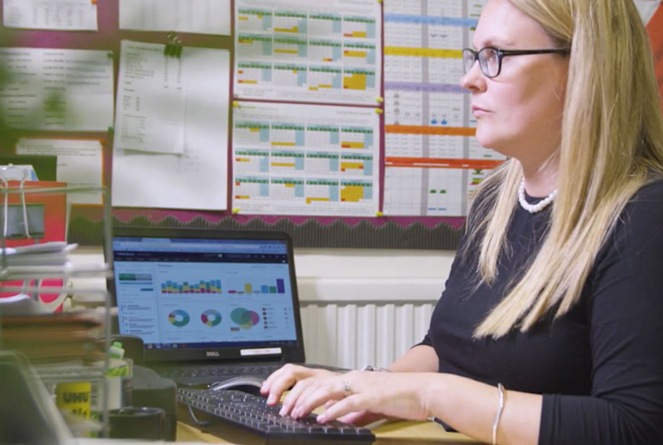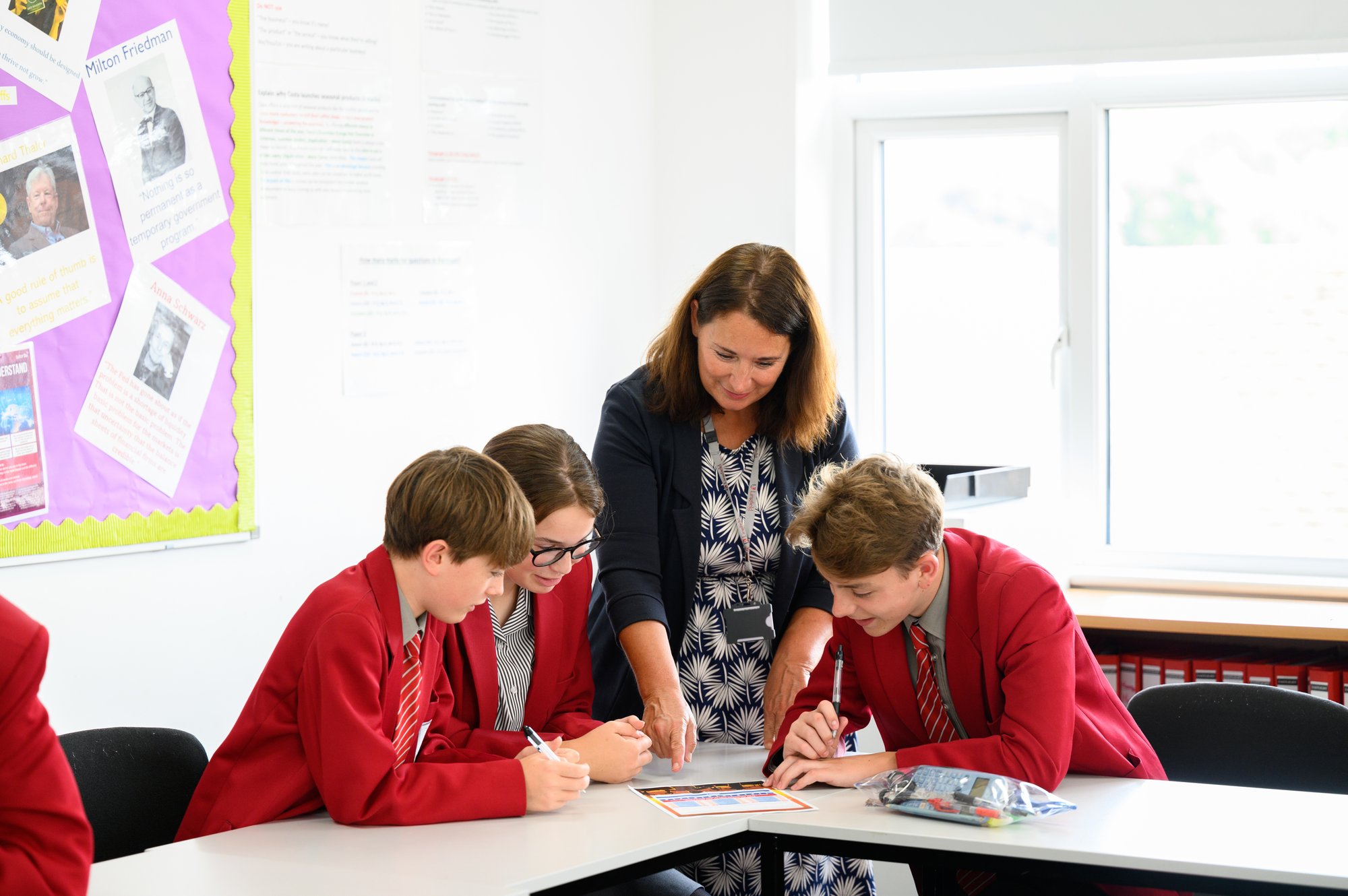Introduction
Welcome to the next installment of our series on the new Reading Framework, where we delve into the essential aspects of book organisation within the school environment. As educators, we recognise that choosing a decodable book scheme is just the tip of the iceberg. The real challenge lies in organising the diverse array of books the Reading Framework recommends.
This blog will discuss the different categories of books outlined in the Reading Framework and the challenges of organising them. We will also highlight common pitfalls and problems you might encounter in your school’s library and provide practical tips for a well-organised and accessible library.
Finding practical solutions for busy teachers
A careful decision will have been made about which decodable book scheme to use. Because schemes are organised into a prescribed order this is the easy part of book organisation done.
Organising the other types of books listed in the Reading Framework may prove more of a challenge.
Few primary schools have the luxury of a qualified librarian with a remit to select books, curate a broad, diverse and inclusive collection and organise it in a way that is both engaging to pupils, easy to use and practical to maintain.
So, with this in mind, we take a look at the issues and options involved in organising book stock, helping you to find solutions that may save time, make the most of the books you buy with a limited budget and that will expose children to the broadest choice of books possible in the school setting.
Our thoughts on organising your library
The Reading Framework mentions a range of categories of books which should be found on school bookshelves.
Labelling, cataloguing, shelving and maintaining lots of categories in a school library is time-consuming and may not be sustainable in most primary school settings but the principle of splitting stock to help children and teachers find appropriate material is sound and necessary.
There is, however lots to think about.
Pitfalls and common problems
It’s important to Identify anything that is preventing your library having an impact. General issues might include:
- Too many books. No regular editing means build-up of unused stock.
- No control of donations, reliance on cheap box sets or lack of book knowledge leads to lots of duplicated titles, series or authors.
- Wholly run by volunteers with minimal school input or responsibility delegated to pupils without sufficient staff support.
- Too much or confusing labelling.
- Lots of different sequences or categories of stock.
- Limiting children’s choice to narrow banded categories.
- Lack of time to maintain the library as an accessible resource.
- Unmaintained or underutilised library management system.
Things to think about
Start to think about how your stock is organised and ask questions of staff and children, keeping in mind that your aim is to create an environment that encourages broad reading, but that’s sustainable both from a time and budget point of view. Some points for discussion might include:
- Is alphabetical order necessary? Does it help staff and children or just add another process to your library system? Do you have a large enough stock to necessitate alphabetical order?
- What’s a page-turner? Is it best to separate page-turners or simply pull them out to highlight in a display? After all a page turner isn’t easy to define so a constantly changing display pulled out of each category – poetry, non-fiction, fiction and picture books – may be a better fit than a static labelled collection.
- How do you define older and younger readers? By interest level or reading age? What does age-appropriate mean? Who decides?
Categories can help with organisation
So, what categories might you use to organise your space that will make access easy for staff and pupils, be manageable with limited time and effective at engaging children with books and reading?
Class sets, group sets, core titles referenced in your curriculum by year group
These need to be easy to find and is a collection that will be accessed by staff. Make sure you have space to store multiple copies of texts. These don’t necessarily need to take up shelf space as you most likely don’t need constant access. Think about using top shelves that children can’t reach or finding another alternative space for storage.
Edit this collection annually to match books you know you will be using and that match your curriculum cycle. Don’t hold on to titles that are no longer appropriate or that you were using several years ago. They will be taking up valuable space that could be better used for maximising face-on display rather than storage.
Non-fiction
Any NF needs to perform a couple of different functions; to support your curriculum and be easy to find based on subject and to give children the opportunity to browse and be intrigued by a broad range of subjects. Consequently, your NF should include page-turners and more basic curriculum titles.
Other ways to organise
Creating topic boxes to match curriculum subjects
Schools with access to a School Library Service should consider borrowing books for topic support. They’ll manage the content and stock for you and deliver it as and when required.
Traditional library organisation using Dewey Classification
This can be simplified for primary schools. SLSs can supply books with Dewey numbers as can some book suppliers. Library management systems can also help with Dewey. A NF Dewey sequence needs to be in classification order though to be useful and this can be difficult to maintain. Children and staff will need support to understand the sequence.
Colour coded NF sections that bring together broad subject areas
Less specific than Dewey but easier to maintain and access for staff and children. A flexible solution that’s a midway point between traditional library and wholly curriculum-based organisation.
Do you need separate NF sequences for KS1 and KS2? A combined sequence can work with staff picking out appropriate curriculum titles as needed. For more general reading pull out some KS1 titles and include them in a kinderbox to offer a broader range of choice for younger children. If you separate KS1 and KS2 books you risk cutting down choice by labelling according to age.
Poetry books
Easy to dip into, a poetry collection works well shelved separately. Make sure you have a mix of funny, performance, classic and contemporary poems and highlight ones with bright covers and intriguing titles by displaying face-on.
Picture books for younger readers
A kinderbox is useful and means that picture books can be easily accessed by younger children. A common error is to overfill, meaning the benefits of selecting by cover are lost. Avoid placing on standard shelving – with a picture book, it’s all about the cover!
Picture books for older readers, graphic novels and hi-lo fiction and non-fiction
Consider shelving together, particularly as collections of all are likely to be small in a primary setting. You might want to label it ‘Quick Reads’ or similar. By including Hi-Lo titles here you avoid separating titles (like those from the excellent Barrington Stokes) aimed at struggling readers.
Picture books for older readers may require labelling to distinguish them from those aimed at younger readers. Content can be challenging so you will want to keep it separate from your kinderbox books.
Face on display is preferable for graphic novels and picture books, so consider a book rack or focus unit placed in a library reading area.
Main fiction sequences, including page-turners, new and significant authors and titles, and a range of genres could be separated into sections such as:
- Newly independent readers – Simple chapter books with content appropriate to any age.
- Stories for building reading stamina – Equivalent to Book Bands Brown and Grey.
- Stories for older readers – Longer titles with more complex plot, language, humour and characters. Subject matter may be challenging and require some emotional maturity from the reader.
Guiding principles of effective and practical book organisation
There are lots of choices to make, so bear in mind a few guiding principles:
- Cut down on the categories and simplify sequences.
- Edit, edit, edit! Make sure every book in your collection is there for a reason.
- Breakdown barriers to reading, don’t erect them.
- Avoid labelling that stigmatises the reader.
- Maximise use, minimum upkeep. Eliminate processes that don’t help.
- Use an expert for guidance if you can.
Finally, don’t panic…different solutions will suit different settings, but careful planning will avoid overcomplicating your processes for maintaining the collection and ensure maximum impact of your book stock.
Sources of help and advice
Juniper’s Education Resources Service for library and book advice. Book and artefact loans in Essex, Suffolk and Hertfordshire. Also, contact us for more information about our non-fiction colour coding guide and posters.
SLS UK for information about regional School Library Services and access to staff who are experts in book selection and organisation.
The School Library Association for general library advice and training.


/Primary%20school%20.jpg?width=2000&name=Primary%20school%20.jpg)








.png?width=940&height=788&name=Lingfield%20College%20Case%20Study%20(5).png)
-1.png?width=1000&height=833&name=National%20Association%20of%20Head%20Teachers%20(3)-1.png)
-3.png?width=1080&height=1080&name=Untitled%20design%20(10)-3.png)







